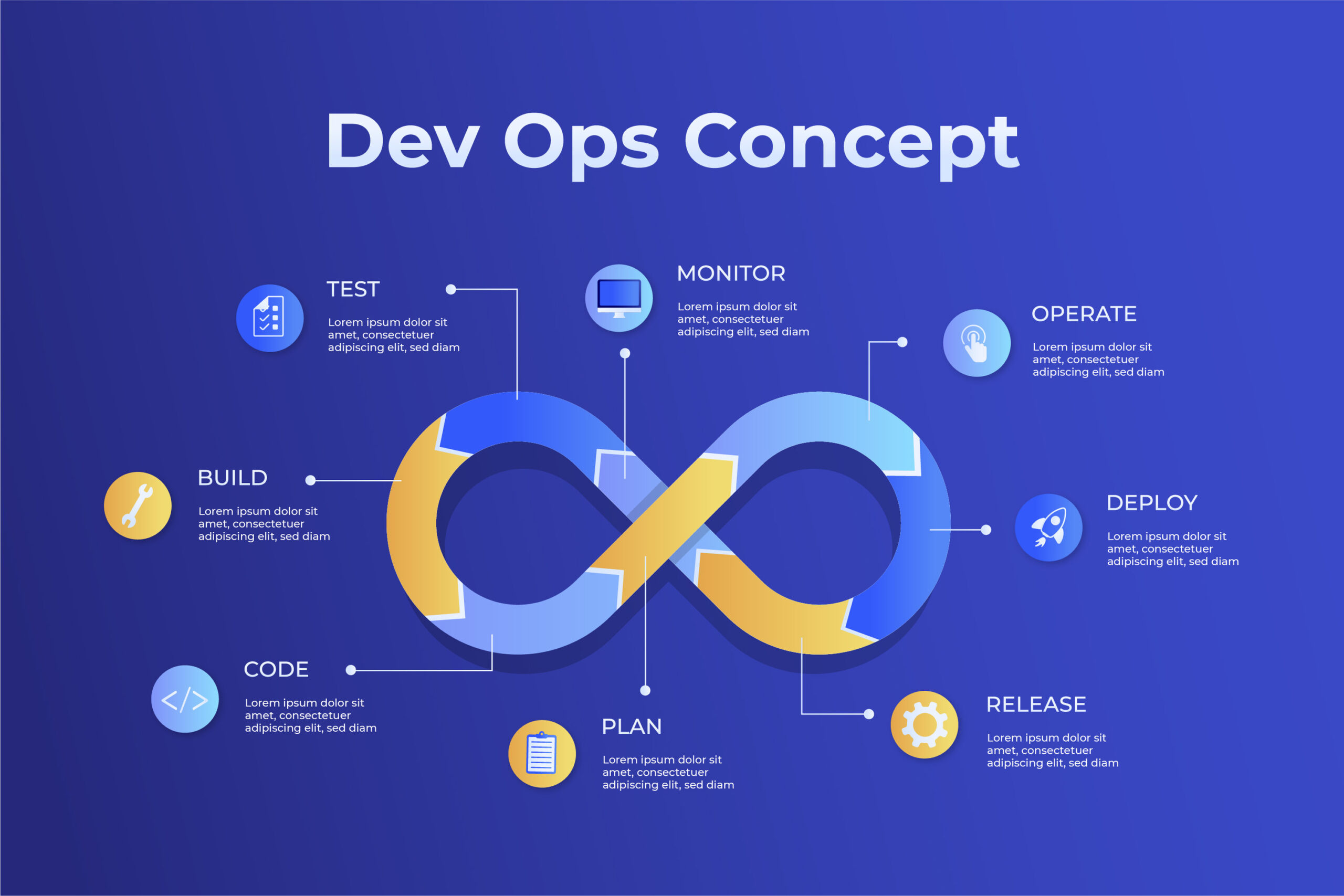
Deep Dive into DevOps: Transforming Software Delivery
In today’s digital-first world, businesses are under constant pressure to deliver high-quality software quickly, reliably, and at scale. Traditional software development models, where developers write code and hand it over to operations for deployment, often create bottlenecks, miscommunication, and inefficiencies.
DevOps is not just a technology or tool—it is a culture, mindset, and methodology that bridges the gap between software development (Dev) and IT operations (Ops). It focuses on collaboration, automation, continuous feedback, and shared responsibility, ensuring faster delivery of reliable software products.
What is DevOps?
DevOps is a set of practices that combines software development and IT operations to shorten the development life cycle and deliver applications and services faster. The term itself is a blend of Development and Operations.
The main philosophy behind DevOps is:
Collaboration over silos – Development and operations teams work as a single unit.
Automation over manual processes – Repetitive tasks are automated for efficiency.
Continuous improvement – Iterative updates ensure fast adaptation to business needs.
Core Principles of DevOps
Collaboration and Communication – Encouraging cross-functional teamwork.
Continuous Delivery (CD) – Automating the release process to push updates quickly.
Automation – Infrastructure provisioning, testing, and deployment are automated.
Monitoring and Feedback – Real-time monitoring of applications for improvements.
Key Stages in the DevOps Lifecycle
The DevOps lifecycle is often represented as an infinity loop, symbolizing continuous improvement. The stages include:
Plan – Define business requirements and create a development roadmap.
Code – Write application code using best practices and version control (e.g., Git).
Build – Compile code, run automated builds, and check for bugs.
Test – Continuous testing ensures bug detection early in the cycle.
Release – Approved code is prepared for deployment.
Deploy – Automated pipelines push updates to production.
Operate – Applications run in real environments, monitored for performance.
Monitor – Feedback is gathered for improvement and new planning.
Tools in the DevOps Ecosystem
DevOps thrives on automation and monitoring tools. Some popular ones include:
CI/CD Tools: Jenkins, GitLab CI, GitHub Actions
Configuration Management: Ansible, Puppet, Chef
Containerization: Docker, Kubernetes
Version Control: Git, Bitbucket
Monitoring & Logging: Prometheus, Grafana, ELK Stack
Cloud Platforms: AWS, Azure, Google Cloud
Benefits of DevOps
Faster Time-to-Market – Frequent releases mean businesses can adapt quickly.
Improved Collaboration – Teams share responsibility for outcomes.
Higher Quality Software – Continuous testing reduces bugs.
Scalability – Automation and cloud integration support growth.
Customer Satisfaction – End users get reliable and updated software frequently.
Challenges in Implementing DevOps
While DevOps is powerful, it comes with its own challenges:
Cultural Resistance – Shifting from siloed teams to collaboration takes time.
Tool Overload – Choosing the right tools can be confusing.
Skill Gap – Teams need upskilling in automation, cloud, and CI/CD pipelines.
Security Concerns – Faster releases must still meet compliance standards.
Future of DevOps
The future of DevOps is evolving towards:
DevSecOps – Integrating security at every stage of the pipeline.
GitOps – Managing infrastructure using Git repositories as the source of truth.
Serverless Computing – Faster deployments with reduced infrastructure complexity.
Conclusion
DevOps is no longer optional—it is a strategic necessity for organizations aiming to stay competitive in the digital age.


